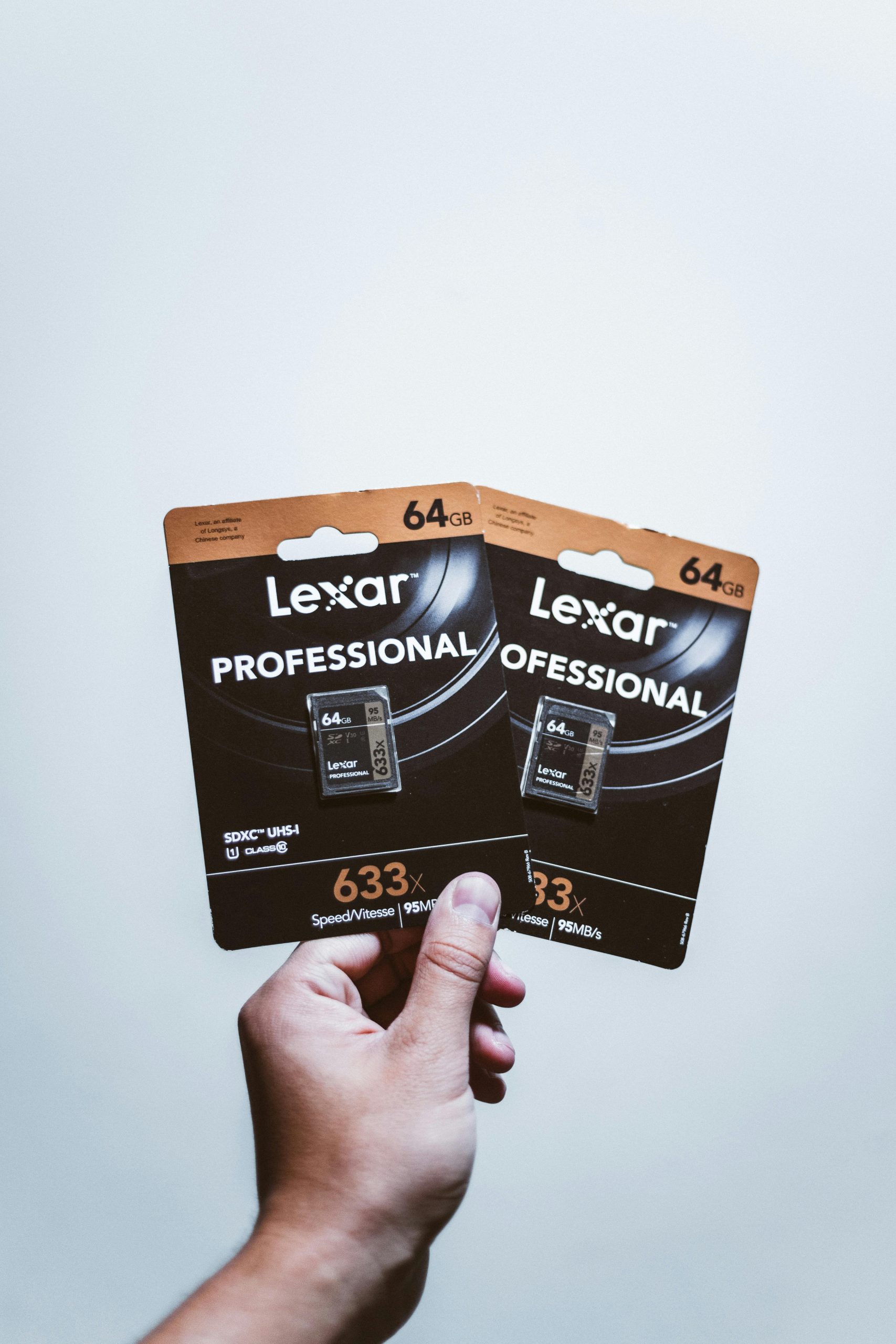Understanding and Troubleshooting SD Card Formatting and Compatibility Issues on Android Devices
In today’s digital age, microSD cards are an essential component for expanding storage on smartphones, especially for users who rely heavily on apps, photos, and videos. However, improper formatting or incompatible storage configurations can lead to unexpected device behavior. This article explores common issues encountered when managing SD cards on Android devices and provides guidance for troubleshooting and optimal usage.
Case Study: Transitioning an SD Card from Internal to Portable Storage
A user recently attempted to repurpose a 64GB Onn SD card by formatting it as internal storage on their Motorola G Play (2021 model). The goal was to increase available space for apps and media. However, post-configuration, the device exhibited erratic behavior, including screen flickering and noticeable lag when opening applications.
This situation underscores several important considerations:
- Understanding SD Card Formatting Options
Android devices support two primary formats for SD cards:
- Internal (Adoptable) Storage: Encrypts and integrates the SD card into the device’s internal storage system, effectively enhancing storage capacity but potentially reducing compatibility with other devices later.
- Portable Storage: Treats the SD card as removable media, safer for transfer and reuse but with limited performance benefits.
Switching between these modes involves formatting via the device settings, but if done improperly or with low-quality cards, it can cause performance issues.
- Impact of Low-Quality SD Cards
Cheap or low-class SD cards (such as basic Class 10 cards from lesser-known brands) often suffer from slower read/write speeds and reduced reliability. Using such cards as internal storage can lead to lag, app crashes, or screen flickering, as the device struggles to communicate with the card efficiently.
- File Management and Data Safety
In this scenario, files were transferred using the device’s file explorer, leading to residual data on the SD card. When attempting to revert back to portable storage, the user faced challenges in managing existing data, highlighting the importance of proper data handling and backups before reformatting.
-
Best Practices for SD Card Usage
-
Use High-Quality, High-Speed Cards: For internal storage, consider “extreme” or “high-performance” SD cards (such as UHS-I U3 or V30 ratings) to ensure smooth operation.
- Backup Data Before Formatting: Always transfer important files locally or to cloud storage before reformatting or reconfiguring storage modes.
- **
Share this content:

